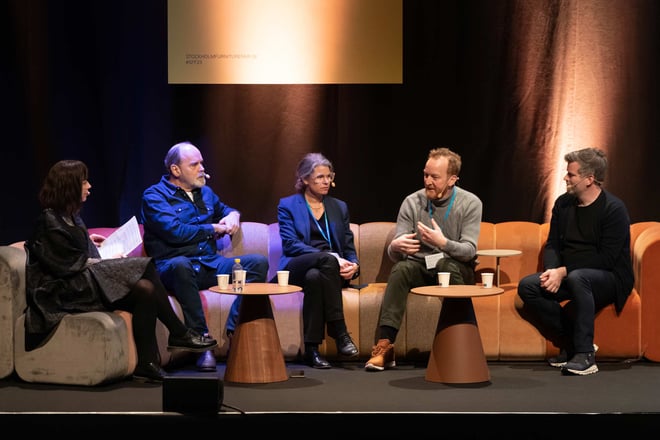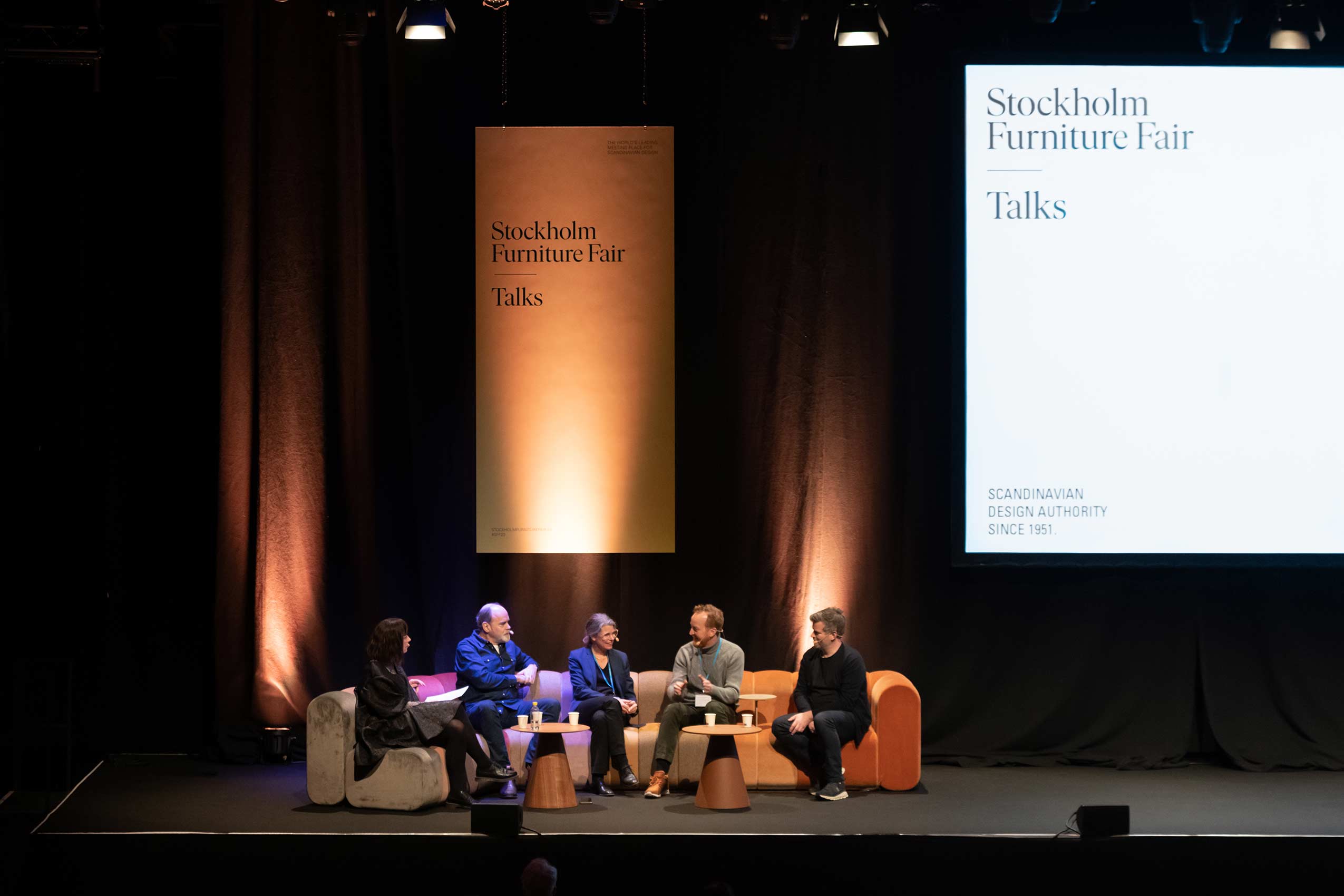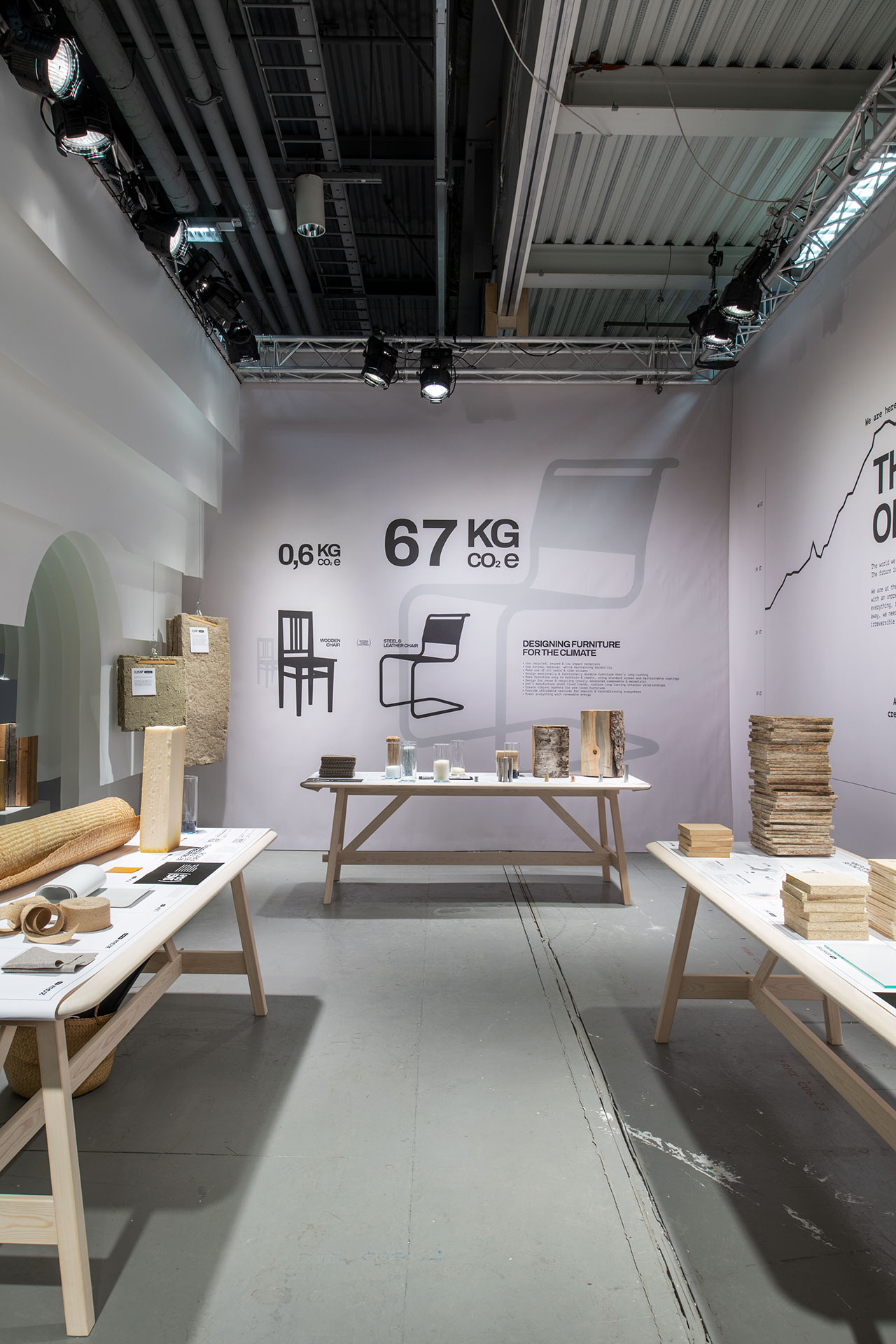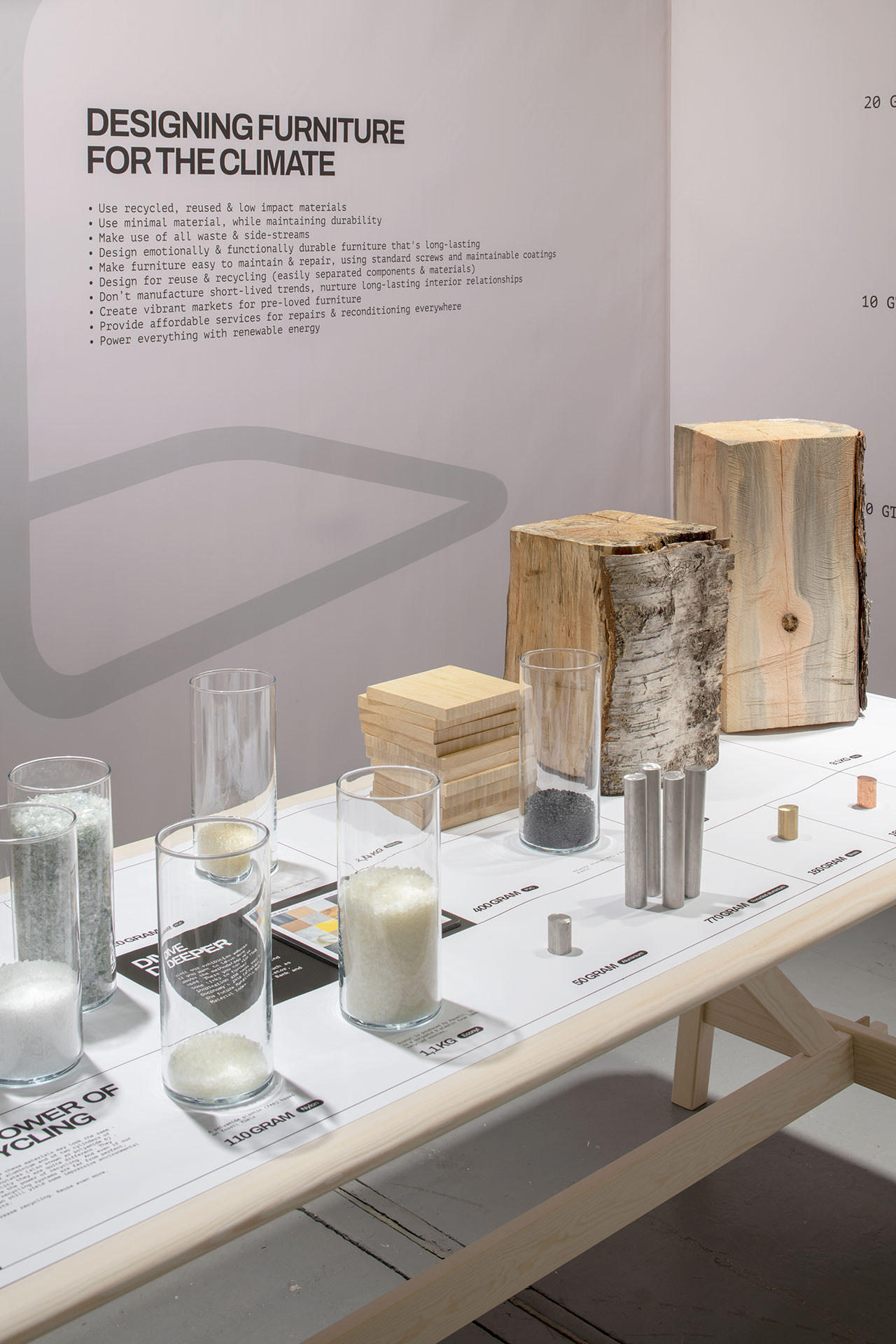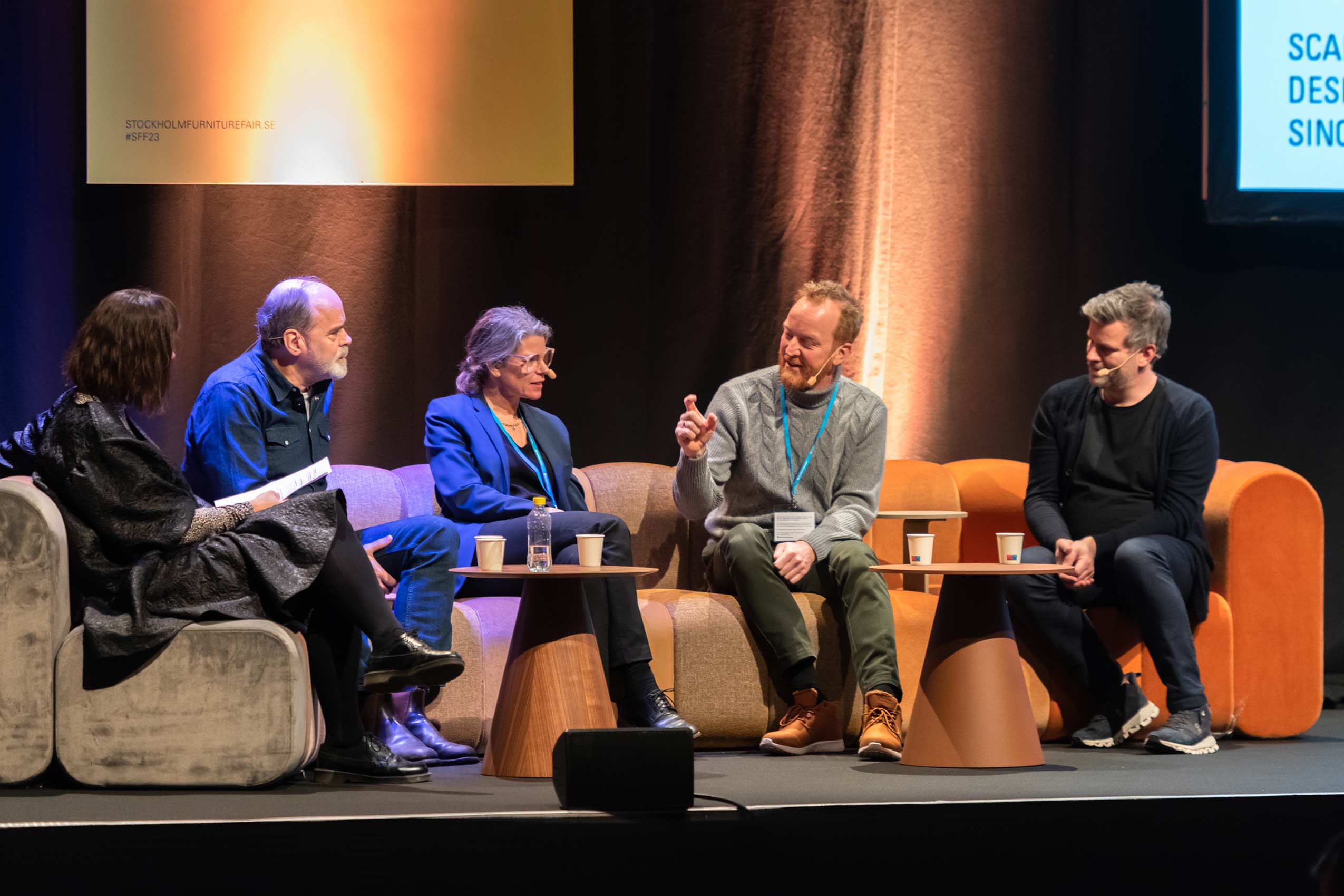EPDs & making material choices easier for consumers
It’s also important for the consumer to be able to make educated choices in choosing the right products, including furniture. Ecolabels are touted as the way for purchasers to know if products are sustainable, but the sheer volume of different ecolabels, and the inability to easily compare them presents a challenge.
The best way to do this, especially when it comes to CO2 emissions is through EPDs. An EPD or Environmental Product Declaration is an independently verified document of a product’s environmental performance throughout its lifecycle – from raw material extraction to end of life. Much like a food label, it contains a list of every material used within the product, but instead of nutritional data, it exposes environmental impact, including CO2e emissions, broken down by component as well as overall.
Presented in a standardised structure, these documents allow easy comparisons between products to give consumers exact CO2e data on the products they can choose.
Christian Lodgaard was also a guest on the panel. As the Senior Vice President of Design at Flokk, Christian spoke of the influence Flokk has had on the adoption of EPDs within the industry; “In 2004 we published the first EPD in the furniture category. After this, we proceeded to create a calculator that makes the process more efficient and much quicker. We shared this calculator with the Norwegian Federation of Industries, and now, it is also being exported to Sweden. The Swedish TMF is buying into it at the fraction of the development cost, enabling Swedish manufacturers to do the same assessment.
“We do this because we want to share the knowledge and help others do better. My dream is that there will not just be this competition on how much products cost, but also on sustainability, which in most cases is based on what materials are used. Through EPDs we can make this competition as easy to understand as a price tag.”
Now or never – The power of choosing the right materials was a panel talk held on 9th February 2023 at Stockholm Furniture Fair. Guests included Christian Lodgaard Senior Vice President Flokk Design, Shawn McKell Chief Strategy Officer Doconomy, Kristoffer Lundholm Head of Sustainability Sally by EY Doberman, Emma Olbers, Designer, with Moderator Isabelle McAllister.
